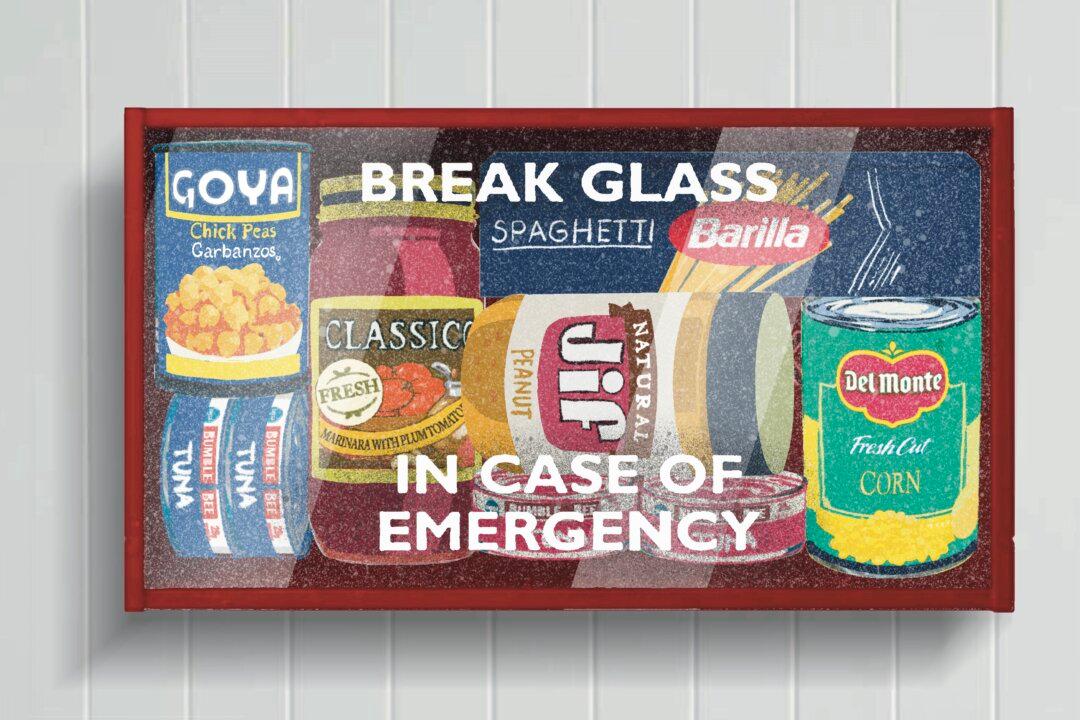Grocery shopping is a chore or a fun adventure, depending on your viewpoint, but rising prices and shortages have added a lot of stress to this unavoidable task. Due to inflation and shortages, millions of Americans are quietly building their own food storage pantries to sustain their families in a time of growing uncertainty. How to do this when households are paying a whopping $460 more per month over last year for basic goods and services is a challenge.
Costs are increasing across the board, but nothing hits home like seeing the price of basics going up by 10 to 30 percent. Eggs are up 33 percent over last year, bread by 10 percent, canned soup by 13 percent, and bacon by 11 percent. A 10-pound bag of white rice from the discount supermarket Aldi is up almost 19 percent since this same time last year.





